Introduction #
This post is part two of my Project Trash Pile series. If you have not read part one, you can head back to the first part to understand the larger picture, or you can continue on here to get a look inside the first five devices to be examined.
The Phones #
Of the initial 14 phones, I chose the following to tear down initially based on their lack of responsiveness, and lack of resale value. The numbering is done to be consistent with part 1 of this series.
| Number | Phone |
|---|---|
| 3 | T-Mobile Concord ZTE V768 |
| 4 | LG Tribute LS660P |
| 9 | Sky Phone GCSKY40D |
| 11 | Samsung Galaxy Rugby Pro I547 |
| 12 | Samsung Galaxy Blaze SGH-T769 |
These devices are all Android phones from 2012-2015 with Micro USB ports. They average about a 4" screen and most are 480x800px (although all of these screens are broken in my set).
Tear Down Pictures #
T-Mobile Concord ZTE V768 #







LG Tribute LS660P #










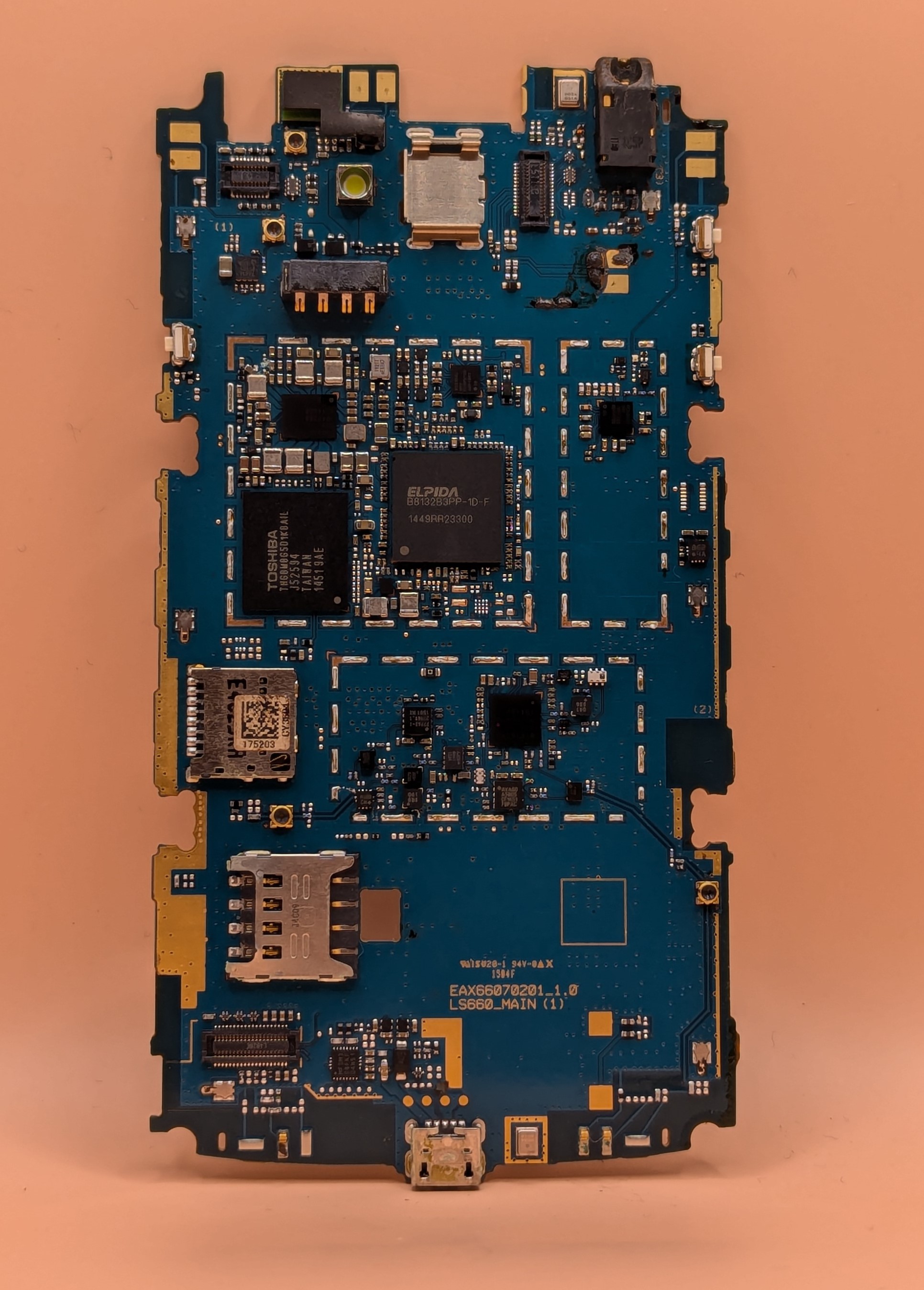
Sky Phone GCSKY40D #



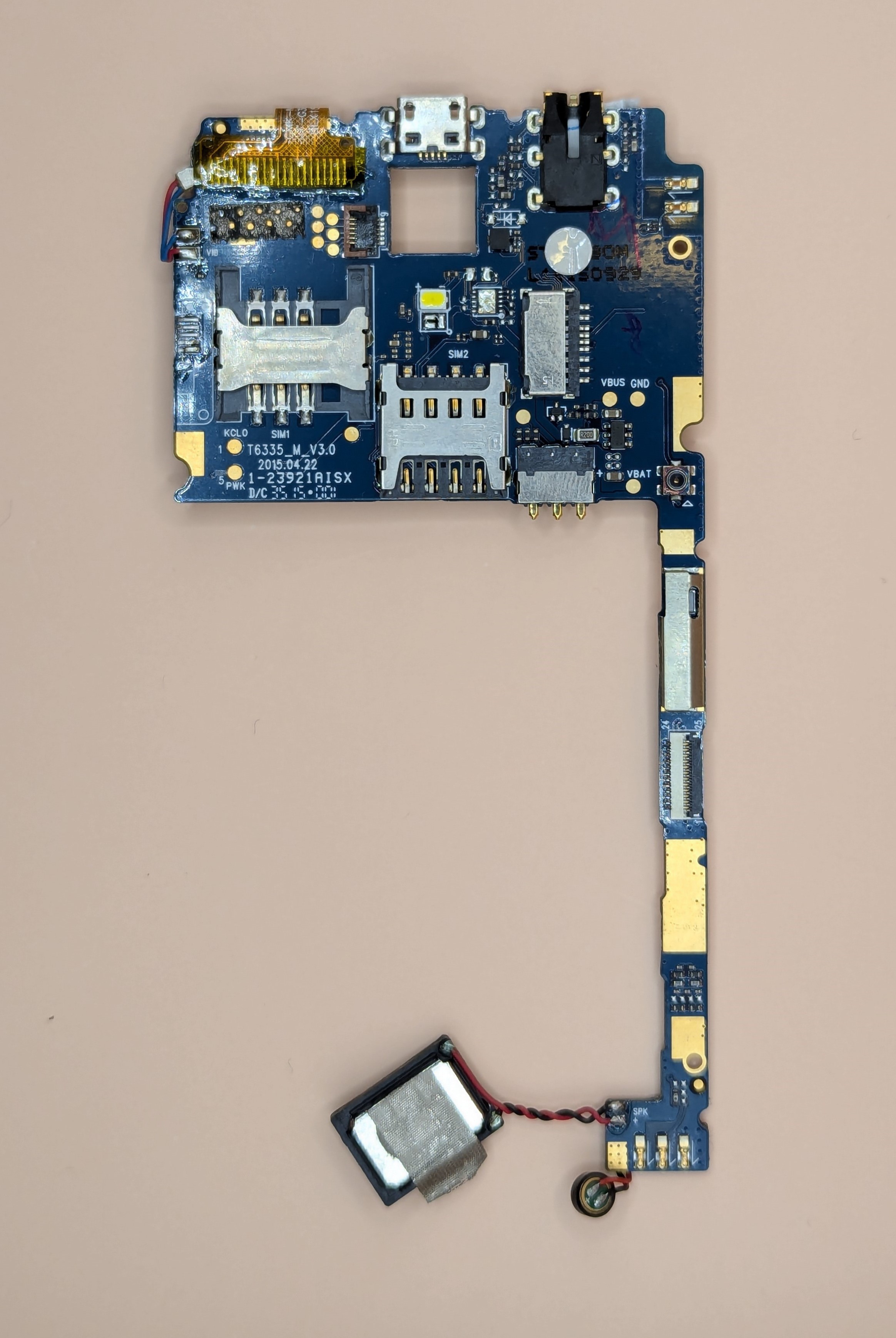

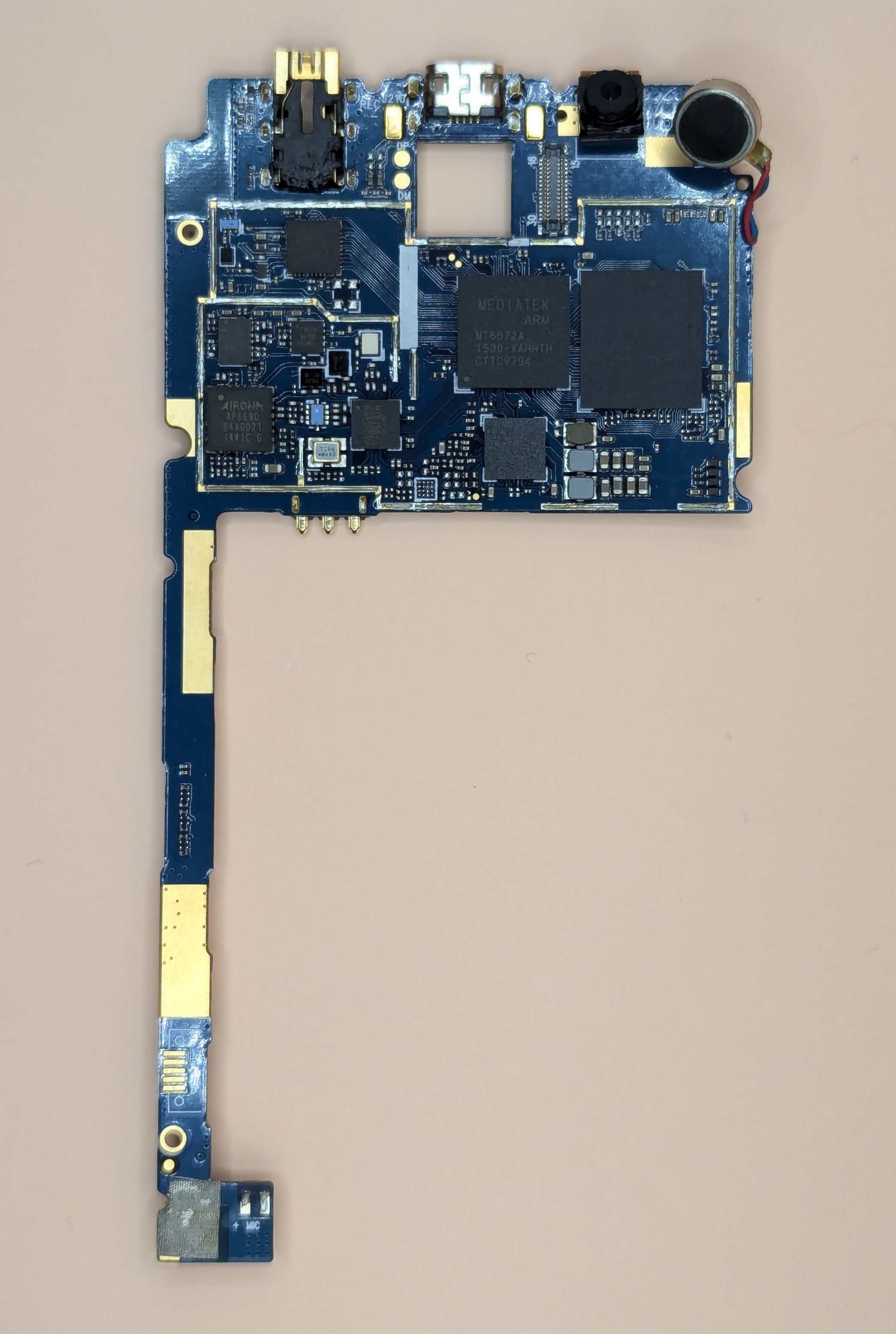

Samsung Galaxy Rugby Pro I547 #
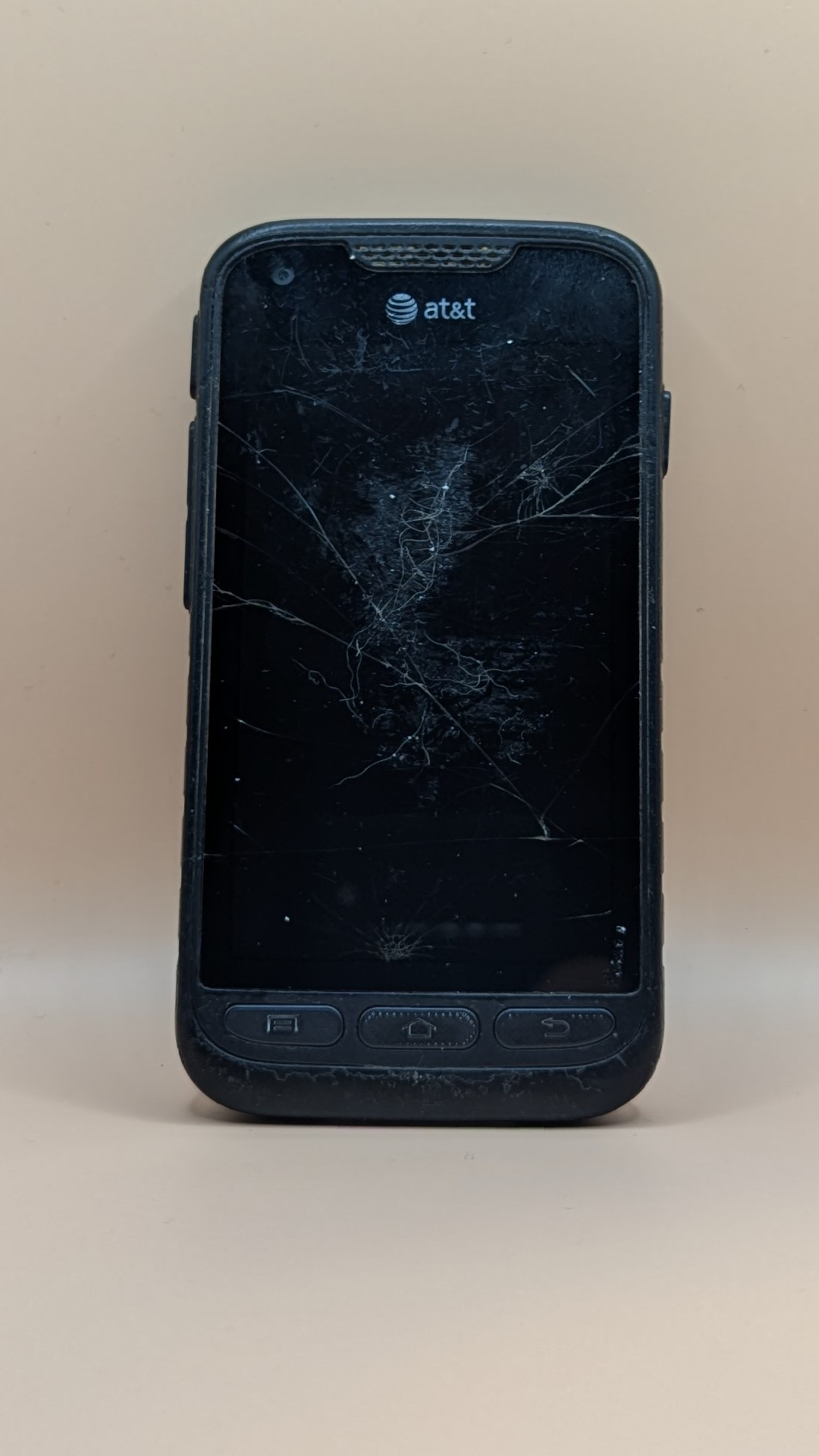

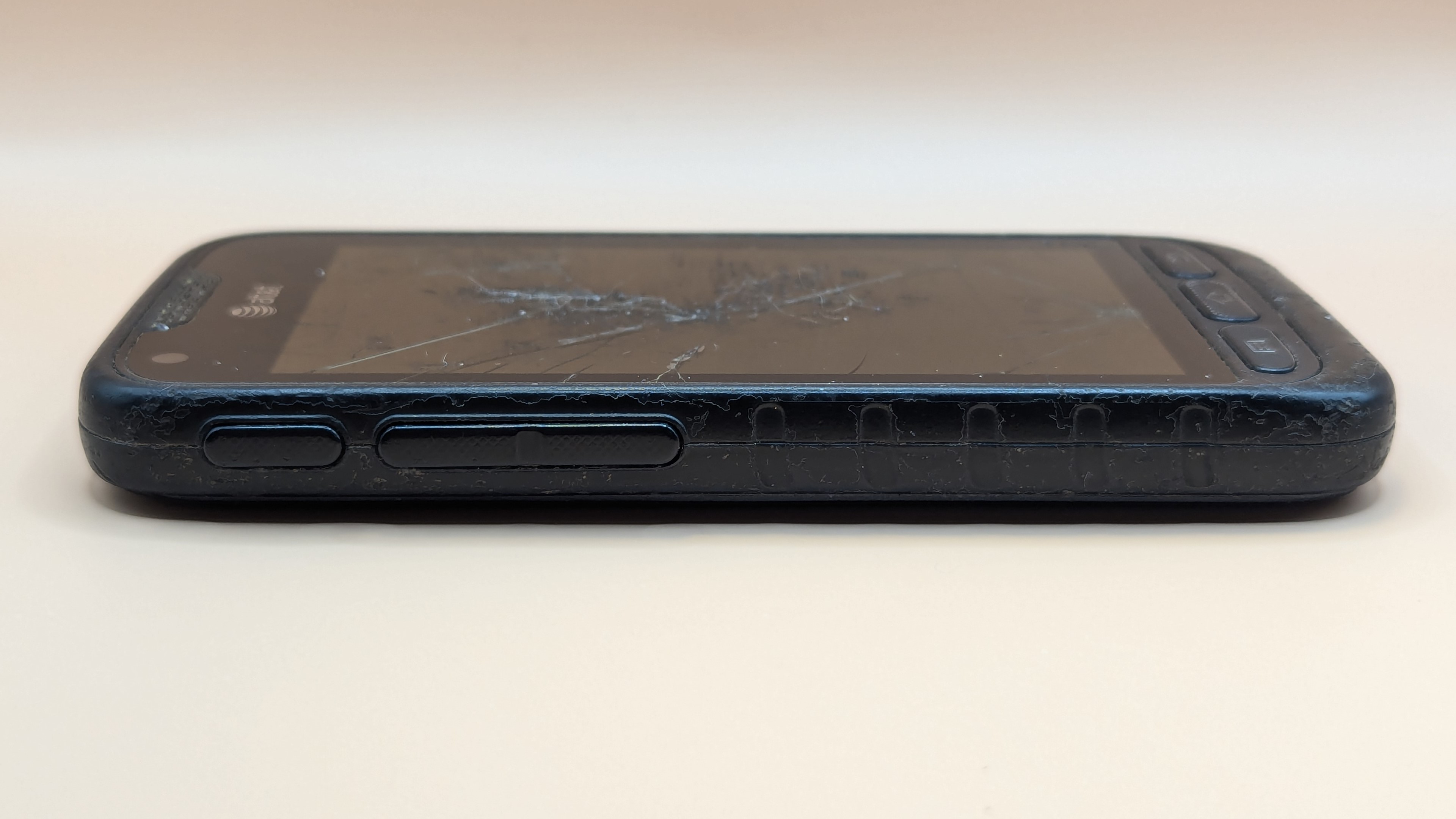







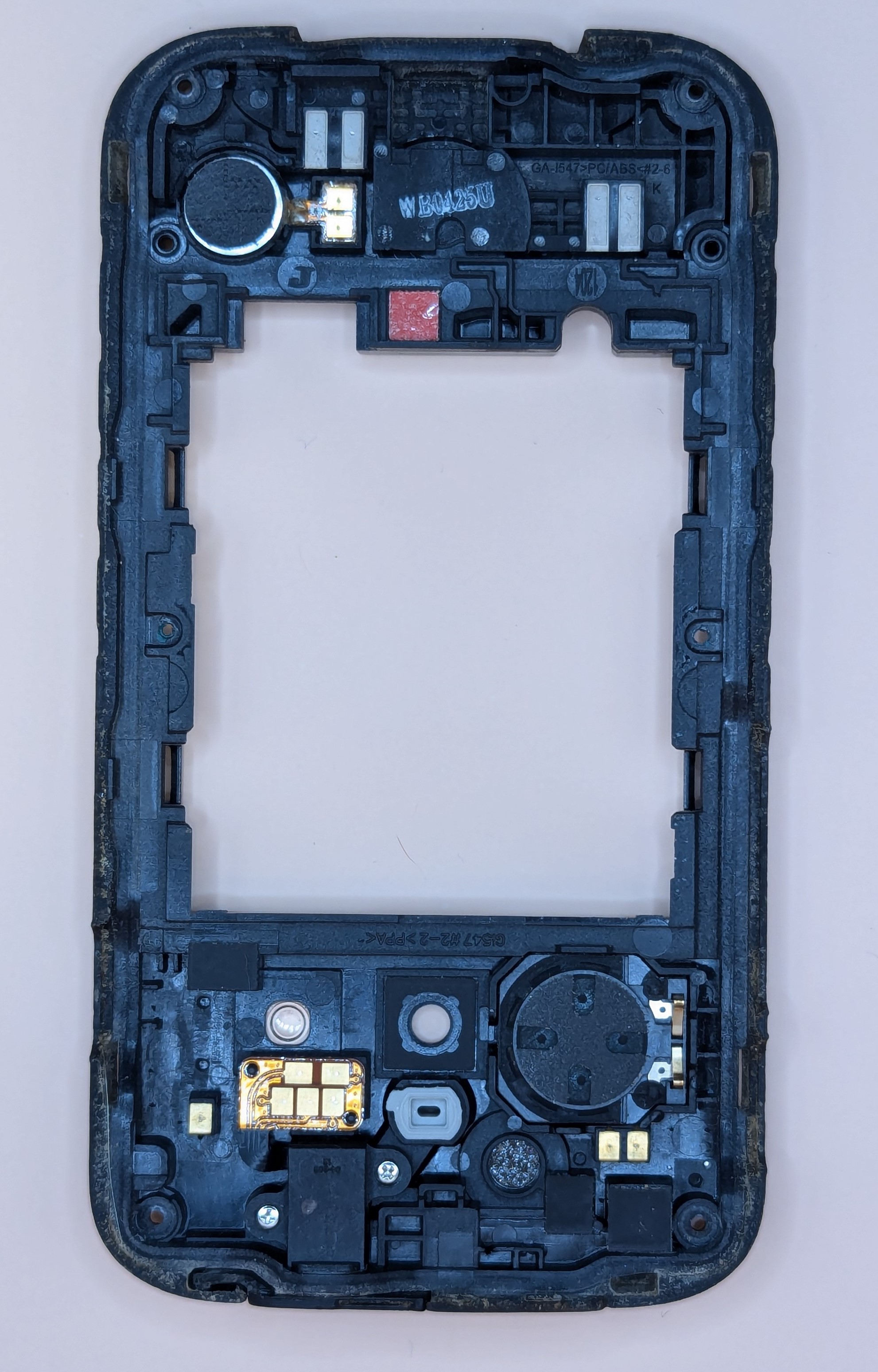





Samsung Galaxy Blaze SGH-T769 #
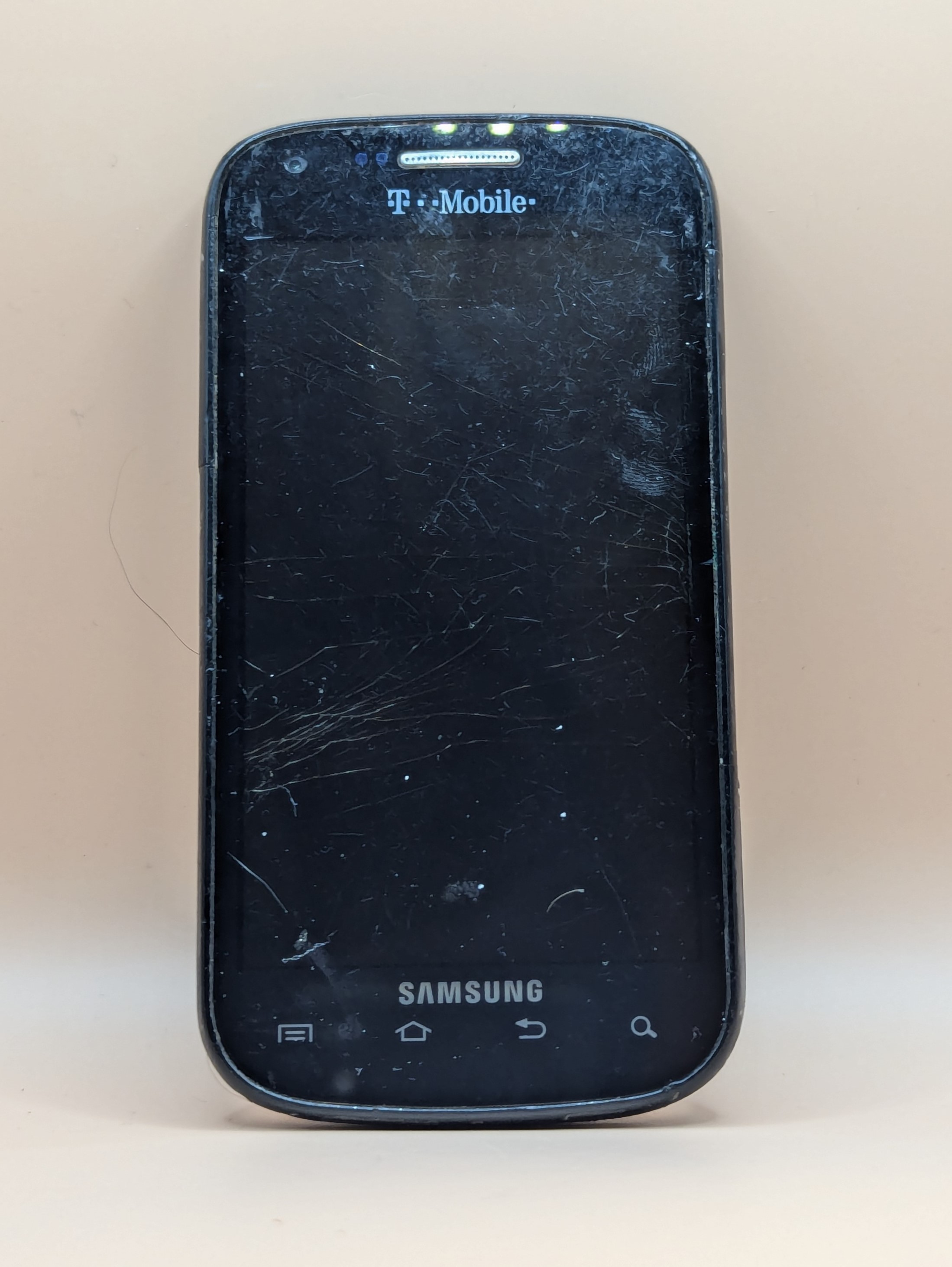
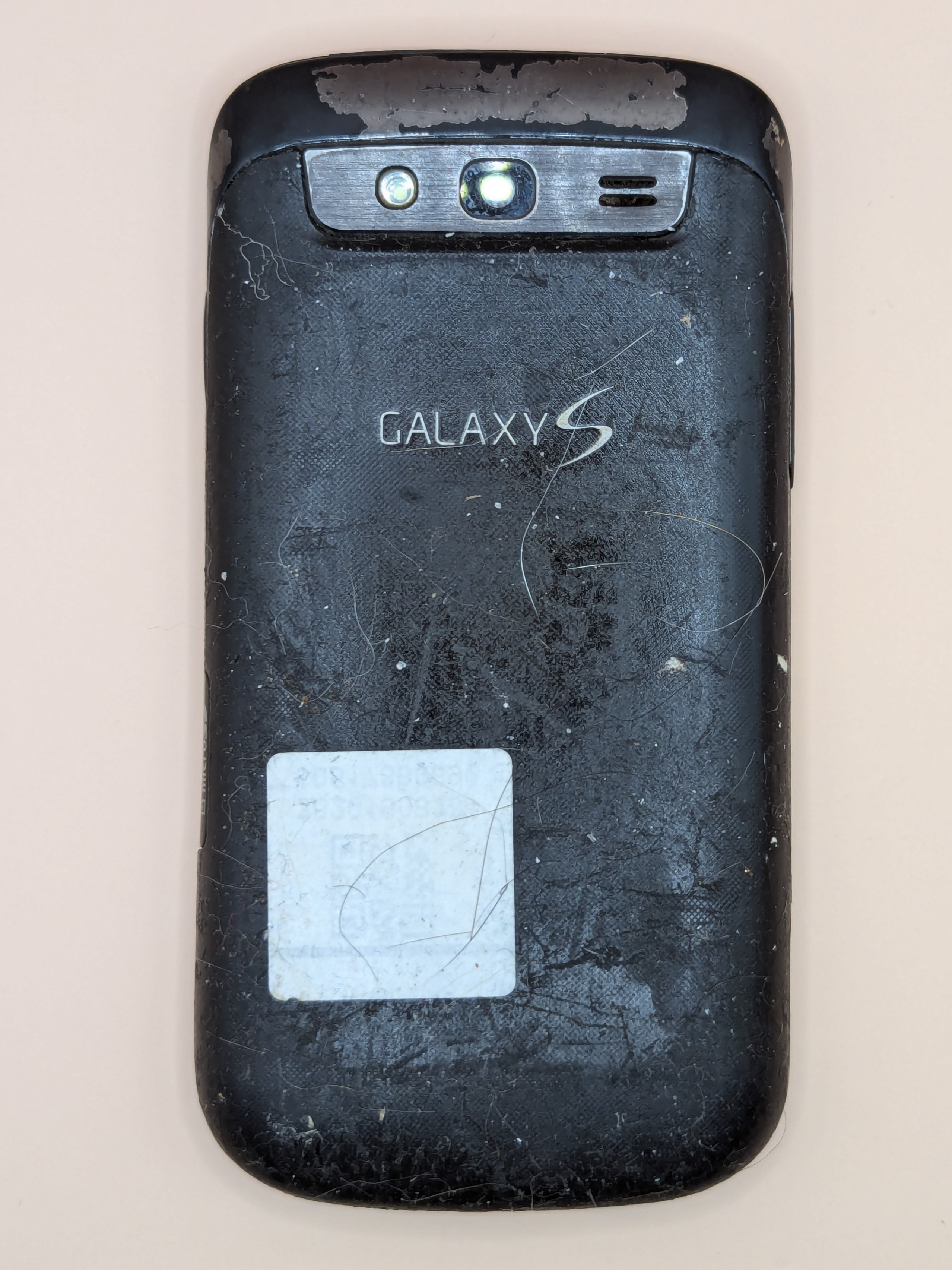









Salvage Component Candidates #
In general, screens and cameras are ruled out as salvage components due to the lack of publicly available interface information. Without the knowledge of the pin outs, the maximum ratings, the register settings, etc., these parts can’t be re-used other than as plug & play into similar phones. Of course, in this project screens are also ruled out due to damage.
There are other parts that might have a second life for people working on mobile devices such as the microphones and speakers. Due to the low output power of the speakers, or the microphone pickup pattern, I think it is unlikely these devices could be used in any application far away from a human head. If you did have such an application, these devices should be simple enough that they do not require knowing any additional manufacturer information.
Two parts that are simple enough to interface with and may have better reuse potentials are the Eccentric Rotating Mass Motor and the eMMC flash.
ERM (Pager) motors #
Similar motors can be found on Digikey Marketplace for $0.89 in single quantities. I’ve only ever used them for a Bristlebot (toy that vibrates a toothbrush head around a surface), but maybe there are other purposes for them at hobby scales. In these quick teardowns, I did not locate any of them other than a very accessible one on the LG Tribute LS660P - it was bright blue, looks like an old school style with an offset mass, and was press fit into the frame. In the teardown images above, other pager motors can be found but in the cylindrical disk style which are harder to identify and retrieve.
eMMC #
Re-using the eMMC is a little more valuable proposition. Unfortunately, the exact part numbers are not publicly documented, but there are standard pinouts for eMMC that means these memories might be able to be read and written to. Of the devices torn down on this post, here are the memory manufacturers, technologies, and pinouts:
| Number | Phone | Type | Make | Footprint |
|---|---|---|---|---|
| 3 | T-Mobile Concord ZTE V768 | NAND | Micron | BGA137 |
| 4 | LG Tribute LS660P | eMMC | Toshiba | BGA153 |
| 9 | Sky Phone GCSKY40D | eMMC | Sandisk | BGA162 |
| 11 | Samsung Galaxy Rugby Pro I547 | eMMC | Samsung | BGA153 |
| 12 | Samsung Galaxy Blaze SGH-T769 | eMMC | Samsung | BGA162 |
Of these three footprints, the BGA153 and BGA162 have sockets available for a T56 programmer. Attempting to remove and read these parts (excepting NAND, which has no T56 socket for BGA137), only the Sandisk reads fully. Two others (one Toshiba and one Samsung) read BOOT1 and BOOT2 partition but fail to read user data. These were potentially already damaged or damaged during my removal and re-ball procedures.
The most similar part on Digikey for the fully usable part is currently $10.76 per piece. This would be a great reuse case if you truly needed to use obsolete flash memory. If you are not locked into this footprint (BGA162), you can get flash memory from USB sticks for $2.39 on Amazon that are 8 times the memory (4 GigaBYTE instead of GigaBIT).
Other comments #
There are a few random observations I made during this activity:
- The galaxy Blaze SGH-T769 had all the shielding attached not to the PCB itself but instead built into the frame.
- The Galaxy Rugby Pro I547 had clipped on shields which make disassembly easy.
- The buttons on the sides of the Samsung Galaxy Rugby Pro I547 are flex PCB assemblies that could be removed and re-purposed.
- It was impressive on the LG Tribute LS660P that one side of the PCB had no component placement.
- Both Samsung devices had some sort of BGA Glue or underfill on their parts that made removal more difficult.
- Some of the IC’s like the MediaTek MT6627 have datasheets online, but the information is hit or miss and hard to use. ICs often are from previous technology generations that might be less useful in modern applications.
- This generation of Samsung phones had NFC built into the battery.
Conclusion #
Five devices down and nine to go. I have 2.8 ounces of scrap PCBs that BOARDSORT currently would value at $2.36 if I had free shipping materials and costs, and presumably hit a minimum size limit.
Stay tuned for the next batch.
